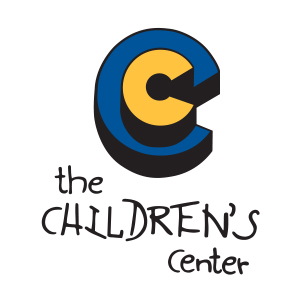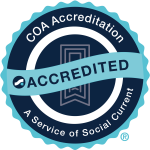Leaving an established career you’re comfortable with to forge new job territory can feel daunting – even if you’re dissatisfied with your current job. In fact, research suggests it can take people between 1-2 years to actually take the plunge. But a successful career switch may actually boost your happiness, says career coach Kathy Caprino.
Here’s why: A dramatic change can actually remind you of some things about yourself you may have forgotten while unhappily stuck in your position, increasing your sense of power, happiness, and sense of fulfillment.
If you’re ready to make a move, follow these practices for a successful career change:
- Explore your motivation to move. While articulating that you’re unhappy in your current role may be simple enough, you also need to be able to state why you want to work in a new career, how you think it will improve your life, and what risks may be.
- Evaluate yourself. Use a self-assessment or career test to examine your skills, interests, values, and personalities to create a list of occupations.
- Examine potential occupations. Research careers that may be a better fit through online information, books, or a career coach. Understand the industry you’ll be moving to, and what types of organizations might be the best fit for you. To help narrow down the list of potential careers, you can also interview people working in the field to better understand the job.
- Consider the value. Author Louis Effron says your ability to add value in a position may be the biggest driver of career satisfaction – more than compensation or prestige. As you evaluate potential role, be sure to understand how you want to add value, and how the role you’re considering would support that.
- Look ahead. What is going to take to obtain your desired new career? Some career moves may require experience, in the form of internships or volunteering, which can also create a financial burden. By planning head both for your development and your budget, you’ll ensure you’re able to take the best opportunities, not only the highest paying ones.
- Establish an action plan. Whether this is referred to as a Career Action Plan, a Personal Development Plan, or an Individual Career Plan, the goal is the same: to set both long and short-term goals and create a plan to achieve them. This plan should be detailed, including timelines, critical steps, and potential pitfalls.
- Enlist your support system. Ask friends and family you trust to encourage and motivate you as you navigate the transition. And use your professional network, where appropriate if you’re leaving a current job, to help find and endorse you for your next role.
- Revamp your brand. While you may be a shoo-in candidate in your current career, remember that you’re the newbie in your next career field. Shift your professional brand to dictate not why you’re experienced in your field, but how your existing experience makes you the perfect fit. This message should be clear across your resume, cover letters, and interview responses.
- Stay positive. Career coach Sarah Archer advises something as simple as a daily exercise in gratitude, like counting three things you are thankful for, can increase your sense of wellbeing. And with a positive perspective, you’re more likely to take action and embrace new experiences.
Now, you’re ready to launch the process of finding a new, fulfilling career. As you do, remember that even if the process may be terrifying, it’s still manageable, with one small, intentional step at a time. When you’re striding into work eager to start another day in your new career, you’ll be delighted you put in the work.






